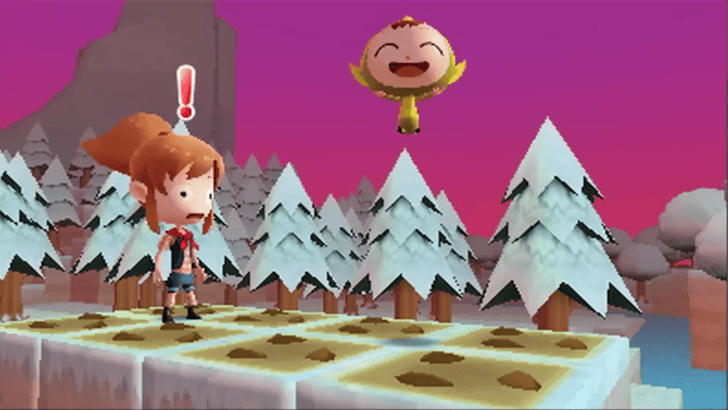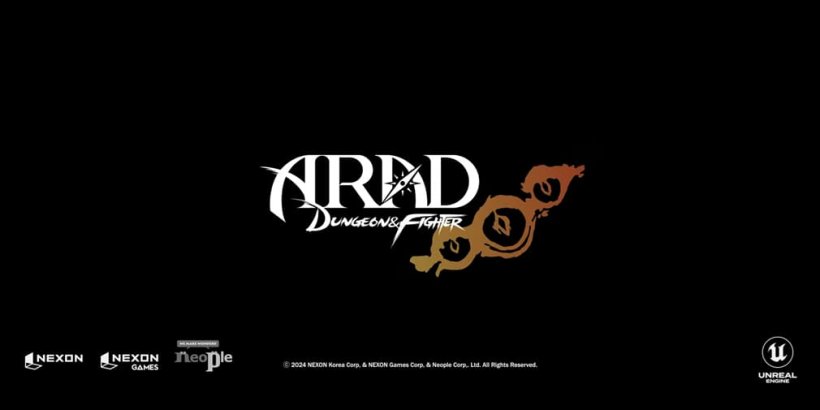"Survive the Fall" Demo Launches
Before Bethesda acquired the franchise and Walton Goggins transformed into his striking ghoul persona for the TV adaptation, Fallout began as an isometric action RPG with a bird's-eye perspective. Survive the Fall clearly draws inspiration from this classic wasteland exploration formula, as evidenced by my hands-on experience with the game's opening hours. This brutal survival tale expands upon Fallout's foundational mechanics—particularly through its sophisticated camp-building system—while offering fresh takes on squad-based combat and scavenging that revitalize the genre, even if its somewhat rigid narrative presentation occasionally dulls its unique charm.
Breaking from conventional apocalyptic tropes, Survive the Fall's devastated world stems not from nuclear warfare, but from catastrophic celestial intervention—a comet impact that obliterated much of Earth's population. The collision left behind a scorched crater emitting Stasis, a hazardous mist that survivors either desperately avoid or dangerously embrace, trading their humanity for enhanced abilities through mutation. As players guide their expanding scavenger team across three distinct biomes, they'll navigate complex alliances with factions ranging from Stasis-addicted Shroomers to the enigmatic Sighted cult.
Squad Dynamics Reinvent Scavenging
The game's party-based mechanics immediately impressed me during early gameplay sessions. While exploring the sprawling national park that serves as the initial setting, players can manually scavenge resources or smartly delegate tasks to companions—streamlining exploration while eliminating the tedium of micromanagement. This intelligent division of labor prevents the frustrating spectacle of idle AI companions, though occasional environmental clutter can create overlap between interactive prompts.
Tactical Combat With Environmental Twists
Combat adopts similarly thoughtful squad mechanics, encouraging strategic approaches amid scarce ammunition supplies. Infiltrating enemy camps recalls the tense stealth of Commandos: Origins—utilizing distractions, environmental hazards, and coordinated takedowns. While mouse-and-keyboard setups likely offer sharper precision, controller users can compensate through tactical pause-and-plan systems reminiscent of Wasteland or Mutant Year Zero.
Survive the Fall - Preview Screens
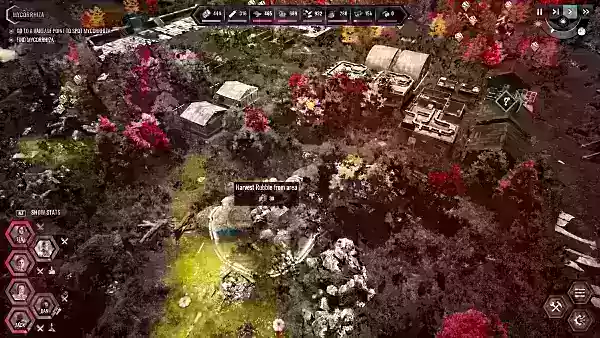
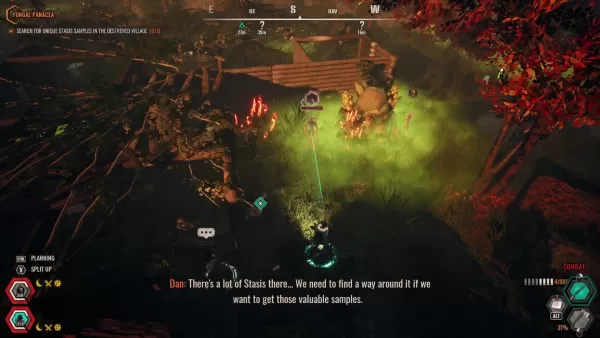
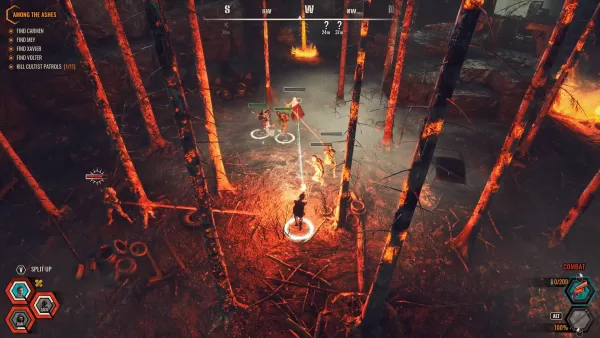
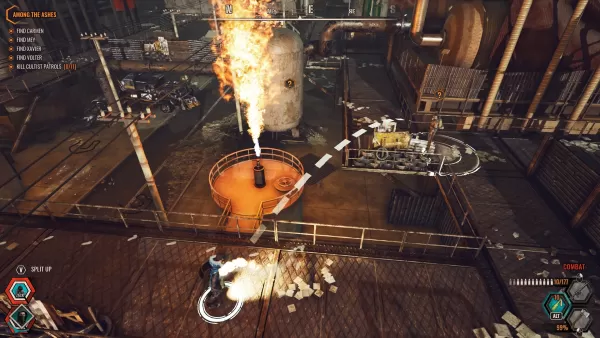
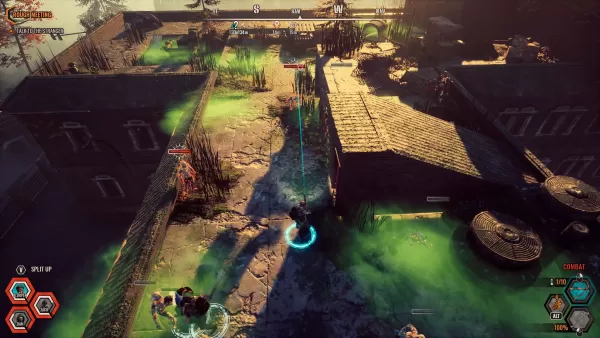
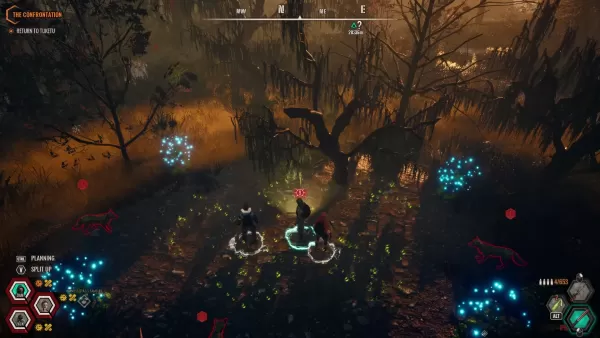
Camp Management Adds Strategic Depth
Between expeditions, Survive the Fall shifts seamlessly into base-building mode, featuring an expansive tech tree for unlocking crafting recipes—from essential sleeping quarters to defensive fortifications. Resource processing creates satisfying progression loops as players transform scavenged materials into functional camp improvements. The system shows remarkable potential for long-term engagement.
A World Worth Exploring (With Some Technical Hitches)
The game world delivers striking environmental variety—from repurposed aircraft fortresses to Stasis-twisted farmsteads—though performance inconsistencies occasionally undermine these impressive locations. While atmospheric areas like the bioluminescent Mycorrhiza swamps demonstrate strong artistic vision, frame rate instability and occasional progression-halting bugs currently mar the experience, leaving room for optimization before May's PC release.
"Survive the Fall consistently rewarded exploration with distinctive locations wherever I ventured," I noted during my playthrough.
Narrative Potential Begging For Voice Acting
The game's text-only dialogue ultimately feels like its most significant limitation. While occasional standout characters (like the delightfully crude Blooper) provide levity, most interactions serve primarily as quest delivery systems rather than meaningful character development. This presentation choice undersells what could otherwise be engaging faction dynamics.
Despite these rough edges, Survive the Fall shapes up as a promising addition to the post-apocalyptic RPG genre—one that honors classic inspirations while introducing smart innovations to squad management and survival mechanics. With final polishing to its controls and performance, this could become a standout experience worthy of fans' attention when it launches next month.
-
Transform your living space with Samsung's Frame TV—an exquisite blend of cutting-edge technology and artistic elegance. During Prime Day, Amazon presents the 55" Frame 4K QLED Smart TV featuring a premium Teak bezel at just $797.99 with complimentarAuthor : Liam Oct 26,2025
-
 Real Offroad SimulatorDownload
Real Offroad SimulatorDownload -
 8 Ball & 9 Ball PoolDownload
8 Ball & 9 Ball PoolDownload -
 Santa Prank Call: Fake videoDownload
Santa Prank Call: Fake videoDownload -
 二角取りパズルDownload
二角取りパズルDownload -
 انتقام السلاطينDownload
انتقام السلاطينDownload -
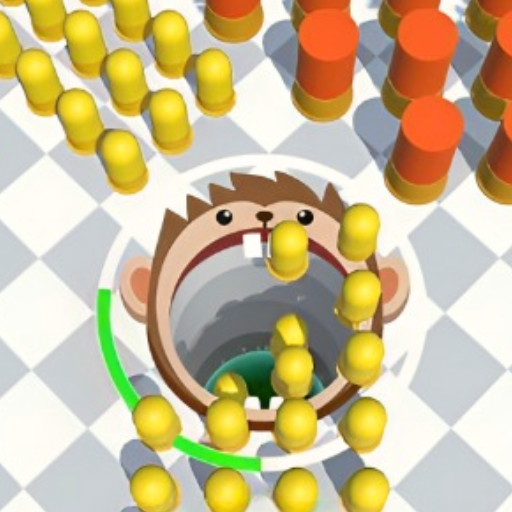 Black Hole Eater Attack IODownload
Black Hole Eater Attack IODownload -
 Ducking Scary - Mobile EditionDownload
Ducking Scary - Mobile EditionDownload -
 LINE Hero Rumble/Let's rumble!Download
LINE Hero Rumble/Let's rumble!Download -
 Cartola OficialDownload
Cartola OficialDownload -
 Truco Naipes NegrosDownload
Truco Naipes NegrosDownload
- Stardew Valley: How To Befriend Willy
- DISCOVERY CHANNEL TO UNVEIL CROSSOVER IN 'Reverse: 1999' 2.0
- Crunchyroll Game Vault adds Battle Chasers: Nightwar, Dawn of the Monsters, Evan’s Remains and more
- Hotta Studio's Open-World RPG, Neverness to Everness, Announced
- Military Strategy Game Warpath Launches a Navy Update with 100 New Ships
- Half-Life 3 Speculations Spark Again as Risk of Rain Original Devs Join Valve's Game Dev Team


